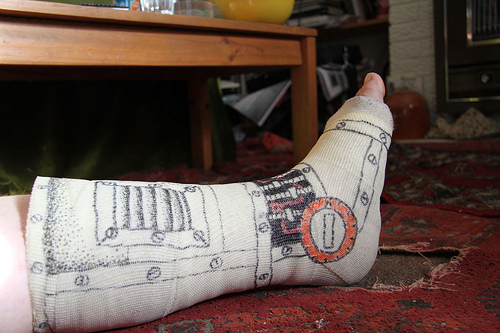A recent study of the use of medical provider networks ( MPNs) in California by the California Workers' Compensation Institute (CWCI) found that, "While the use of the networks to medically manage treatment of work-related injuries has fulfilled the legislative intent to encourage network use, over time the MPNs have not lowered the cost of medical care."
David DePaolo, CEO of WorkCompCentral, says medical cost savings is only part of the picture. MPNs need to be managed because the medical impact on other aspects of claims such as disability, indemnity, return to work and other factors is significant.
So how should networks be managed?
Networks can be managed only by evaluating and monitoring individual performance.
A network is the sum of its parts, the parts being the physicians and other medical providers. A network cannot be managed as a whole. Each individual medical provider acts independently and with differing results. Moreover, each provider, even within groups or facilities, acts independently. Consequently, each must be evaluated and managed individually.
Since networks began in workers' comp back in the 1980s, their rationale has been that they offer discounts off stated rates for services, which they portray to payers as savings. The assumption is that all medical providers are equal. But no one checked.
No one checked because it was easier to claim savings through discounts than to evaluate the performance of individual medical providers in the network. Evaluating medical performance is especially tricky in workers' compensation because, in addition to cost and medical treatment factors, there are elements unique to the industry that must be considered. Indicators of quality performance are many and varied.
But indicators can be found in the data. They include medical treatment indicators such as direct medical costs, prescriptions, surgery, hospitalization and medical procedures analyzed by injury type. Non-medical performance indicators that are influenced by medical providers include return to work, indemnity costs and legal involvement, along with ultimate outcome indicators such as claim closure and disability ratings at the close of the claim.
The way to manage networks is to use the data to identify the best providers and monitor their performance.
The data necessary to evaluate medical provider performance, particularly physician performance, can be found in bill review data, claims system data, pharmacy data and the utilization review system. Unfortunately, the data resides in different silos, but, by combining the data from these sources at the claim level, individual provider performance can be measured.
Because the data reflects actual treatment and events, it is objective and quantifiable. Select quality indicators in the data, adjust for case mix and keep them constant over time.
Medical costs have increased to 60% of claim costs, calling into question the benefit of network discounts. The truth is that medical providers long ago learned how to overcome the cost of discounts by increasing treatment frequency and claim duration, as well as prescribing expensive procedures, among other tactics.
Going forward, the major hurdle in managing networks effectively is to de-emphasize discounts, while underscoring and rewarding quality performance. To make that financially feasible for the networks, a different approach to discounting should be entertained. For instance, those providers who rate highest in quality performance would be excused from discounts. Likewise, those performing the worst would be discounted the most.
To manage a network, the performance of individuals within it must be evaluated and monitored continually. No longer does it suffice to sign up providers for the network and walk away. When individual provider ratings slip, action should be taken.
Let providers know they are being monitored. It has been proven that observed performance leads to behavior change.








